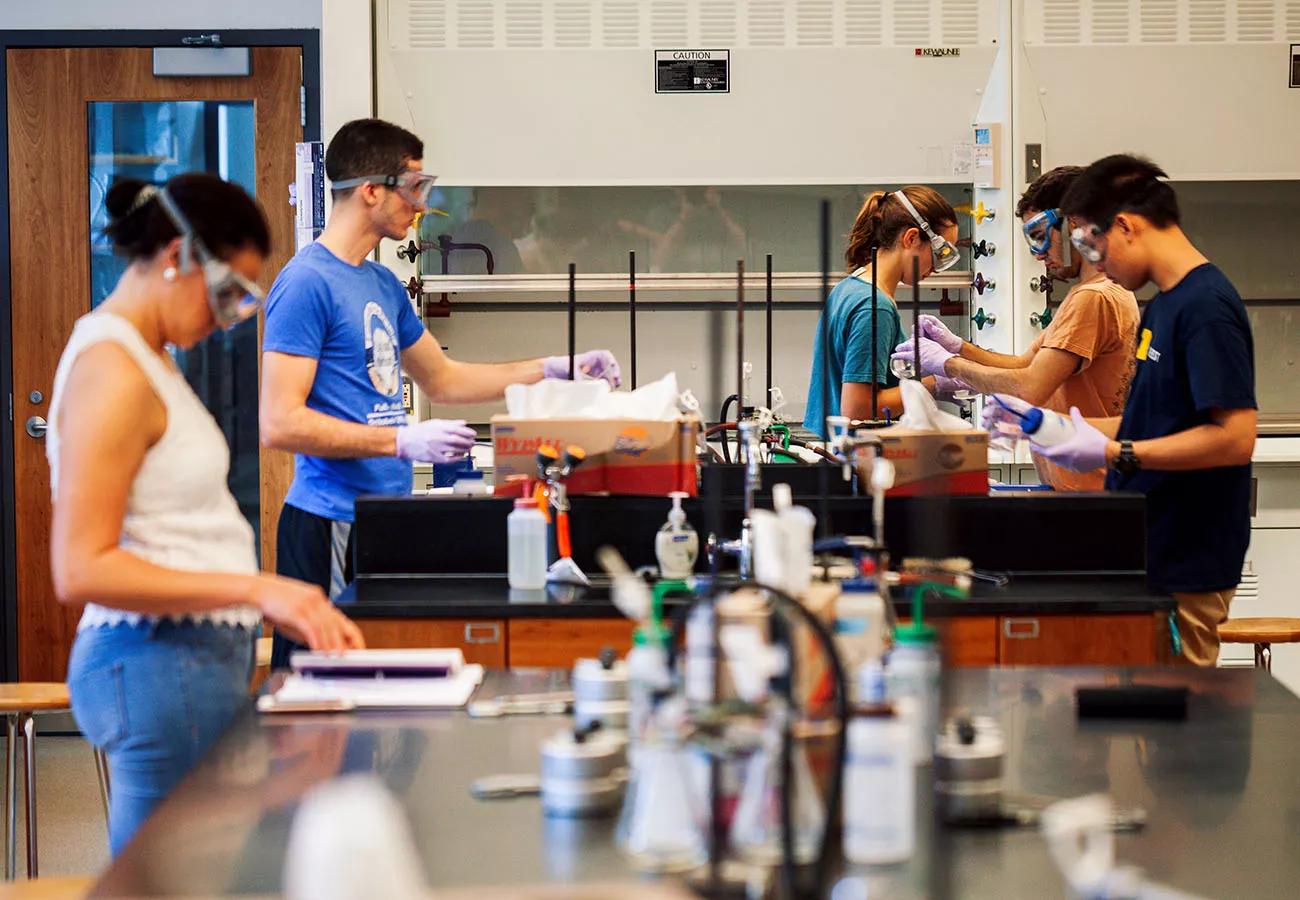Scott Gilbert: Research

Scott Gilbert | Research | Publications | Lectures | News
We have three areas of research interest in developmental biology:
How evolutionary novelty is created by developmental changes
How the turtle got its shell through changes in cell signaling and cell migration
How symbiosis takes place during normal development
How the turtle got its shell

The carapace (left) and plastron (right) of a 118-day red-ear slider hatchling. The shell bones of these farm-bred turtles are beginning to form and can be seen as the red stain. They form without a cartilagenous intermediate, similar to the way skull bones form. (From Gilbert et al., manuscript in preparation).
The turtle shell is a remarkable evolutionary novelty. It is composed of two main parts, the dorsal carapace and the ventral plastron. Between them, on the lateral sides, is a bridge. The carapace contains fifty bones and is supported by the ribs, which grow dorsolaterally rather than ventrally. The critical event in turtle development and evolution is thought to be the "ensnarement" of the ribs by the carapacial ridge, a bulge of ectoderm and mesoderm that resembles the limb bud. The bones of the shell are thought to be formed from the dermis by intramembranous ossification, with contributions from the ribs. We have framed three hypotheses concerning turtle shells and are currently testing them. (1) the mechanism for the ensnarement of the ribs involves fibroblast growth factors emanating from the carapacial ridge, (2) the ribs act as signaling centers for the costal bones of the carapace, using bone morphogenetic proteins to turn dermis into bone tissue, (3) the plastron bones form from the migration of trunk neural crest cells, and (4) the scutes of the turtle are patterned by paracrine factor from the carapacial ridge operating through dual reaction-diffusion systems. This work is supported by grants from the John Simon Guggenheim Foundation, the Howard Hughes Medical Institute, and the National Science Foundation.
The developmental holobiont project
The second project concerns the newly evolving concept that each animal is a holobiont--an organism consisting of several species. Remarkably, microbial symbionts are critically important during normal animal development. They are involved in directing cell division, forming organs, and initiating metamorphosis. In mammals, they appear to be critical in forming the gut circulatory system, immune system, and the neuronal connections leading to normal social behaviors. We are looking at how this new conception of individuality affects our views of development (microbes are giving normal developmental signals), physiology (the bacteria are critical for endocrine function), immunity (the immune system is a holobiont property and not just that of the host), evolution (how does one model multigenomic organisms, especially, as in the case of ruminants, where they define the animal's interactions with its environment?), and even public health.
The history of biology and its social functions
This has been an ongoing project and focuses on (1) the history of embryology with respect to genetics, and (2) the interactions between biology and society. We have edited two collections of essays in these areas. Recent studies in the area include papers in the history of neural induction, the historiography of early genetics, feminist contributions to developmental biology, human cloning and embryonic stem cells; complexity and reductionism in contemporary embryology; the roles of biology in the liberal arts curriculum, and the mythology of fertilization that is being weaponized in the abortion debate.

Embryo of Trachemys scripta (red-ear slider turtle; about 4 weeks gestation) drawn from nature by A. Sonrel for Louis Agassiz (1857) Contributions to the Natural History of the United States II. The turtle egg may have been collected at Walden Pond by Henry David Thoreau, a friend of Agassiz.




